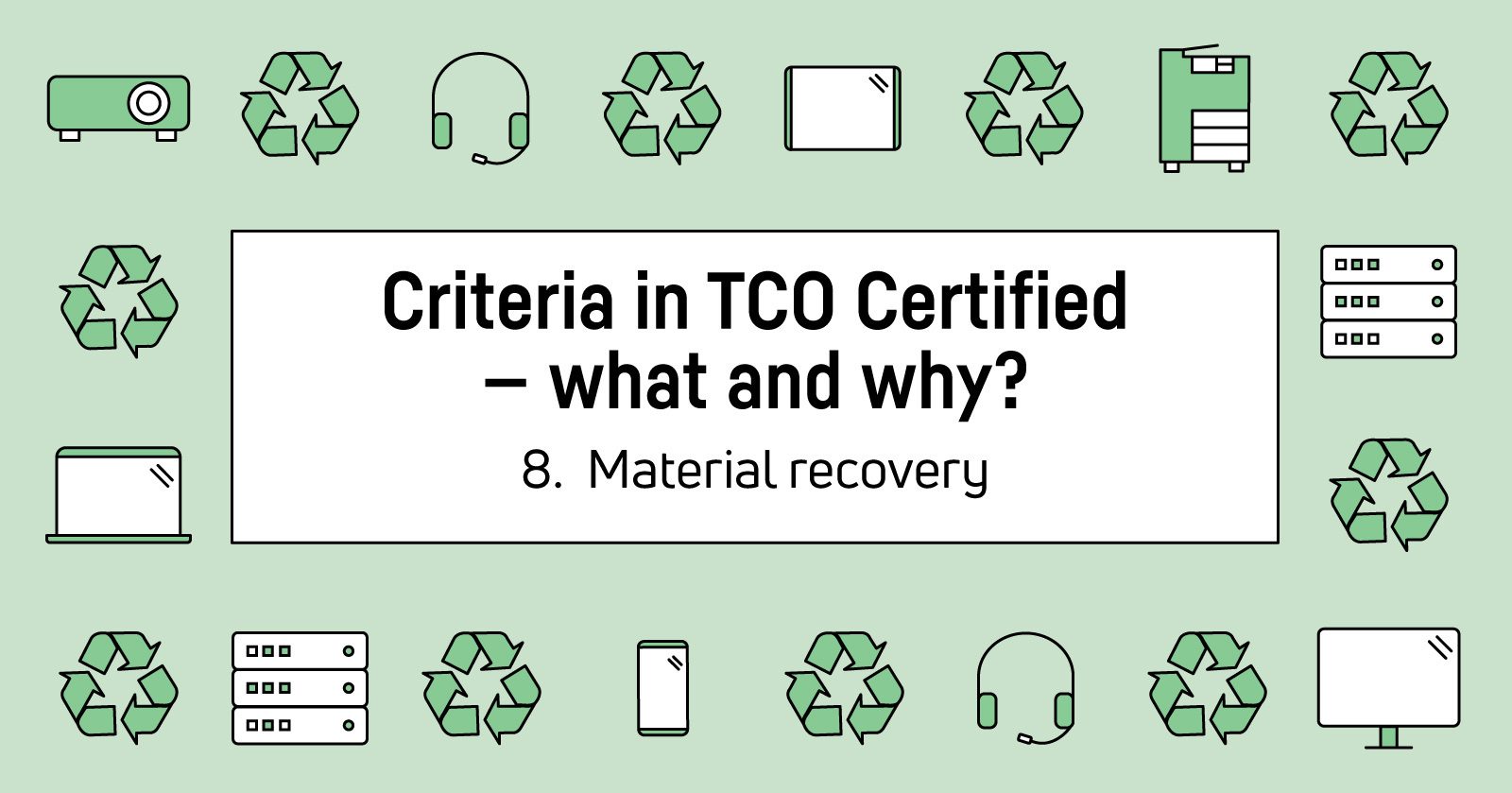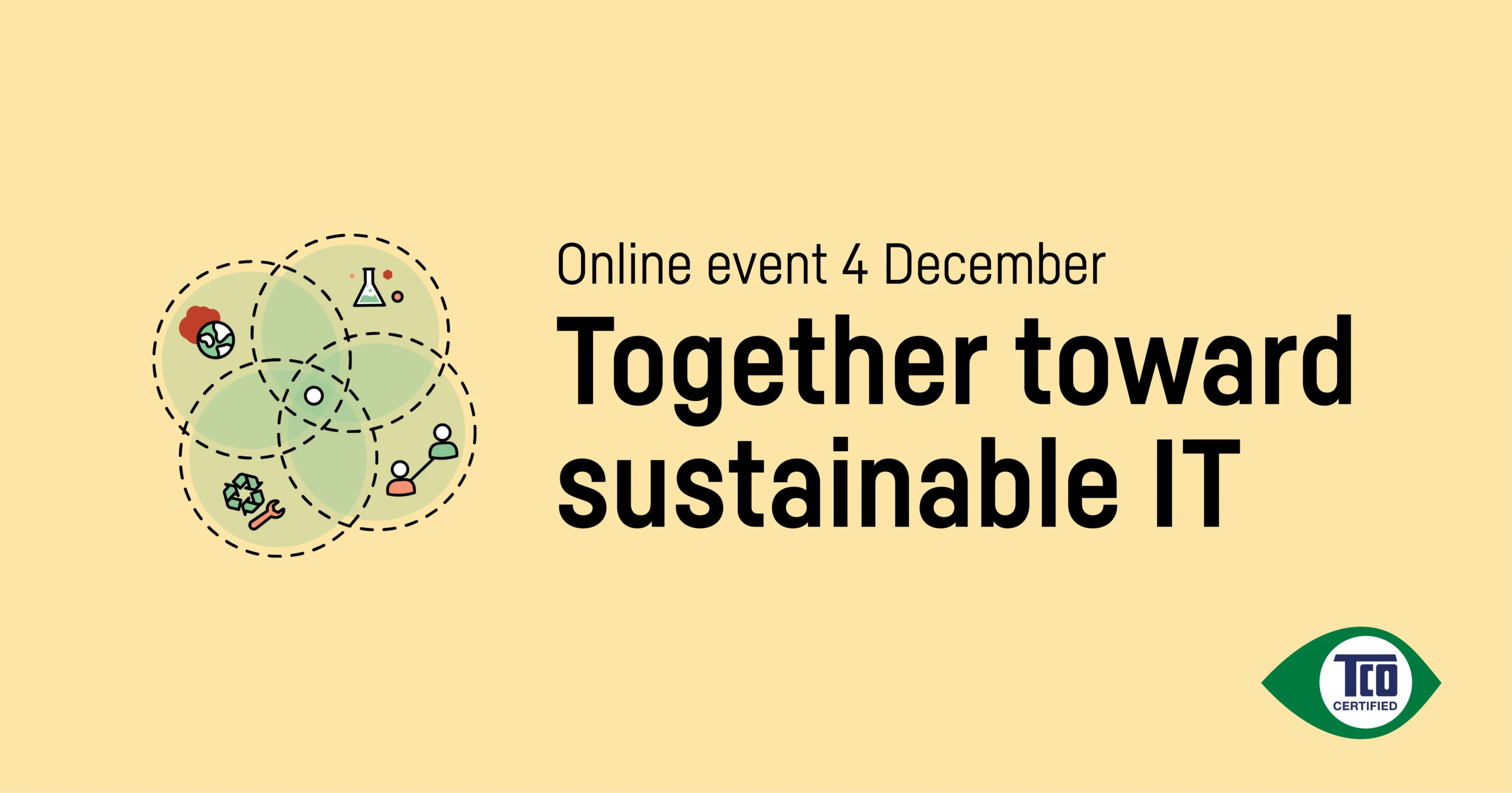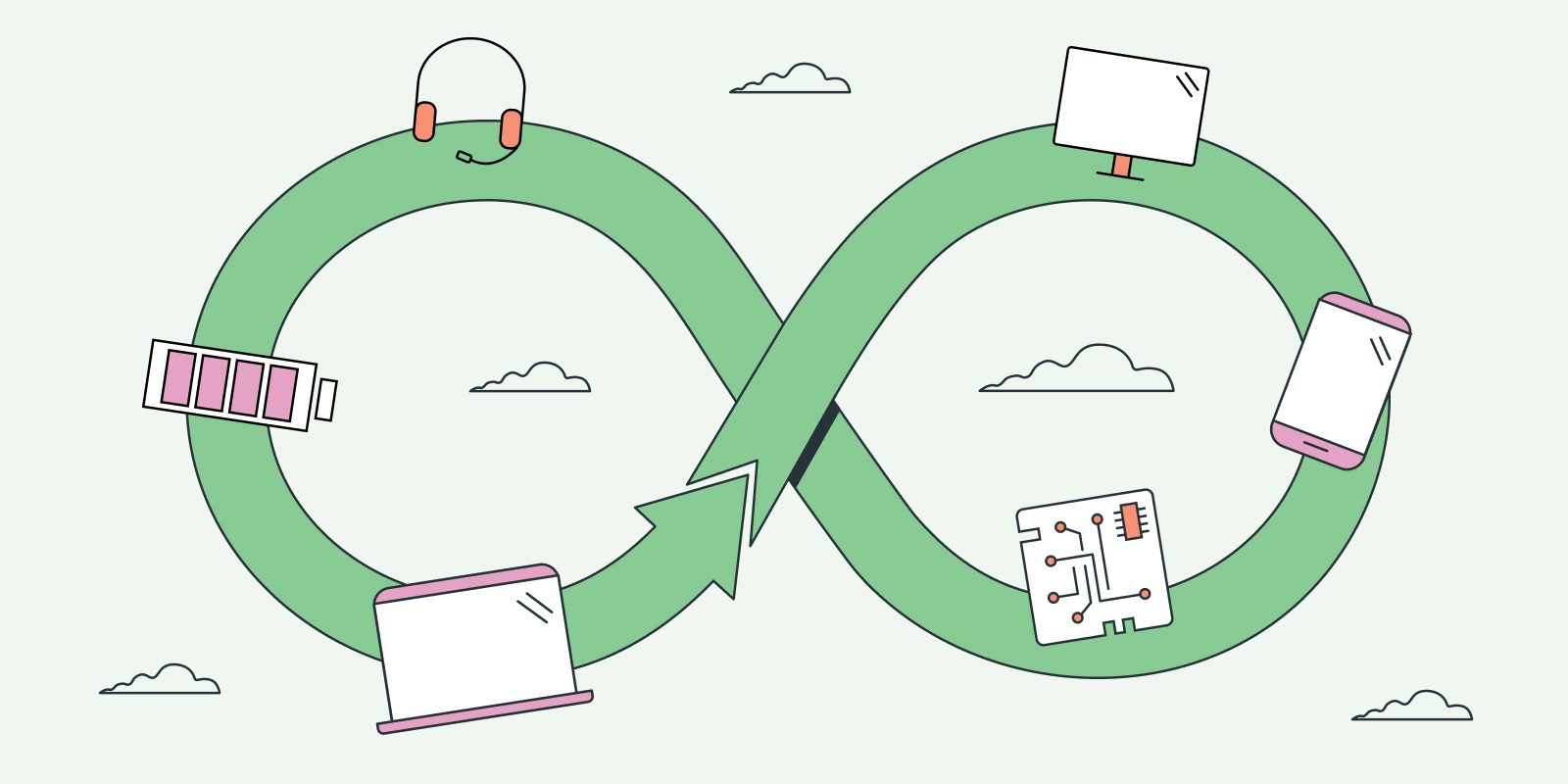More than 50 million metric tons of e-waste is generated every year and only a small amount is handled in a safe way. This leads to pollution, human health hazards and the loss of valuable finite resources. For a more sustainable life cycle, products and materials must be recovered and reused to a much larger extent.
Today’s unsustainable handling of e-waste leads to pollution, health hazards and the loss of valuable natural resources, such as copper, gold and rare earth metals. According to the United Nations University, electronic waste is the fastest growing waste stream in the world, with more than 50 million metric tons generated every year. It is estimated that only 20 percent of the waste is handled in a proper way. The rest is unaccounted for and risk being incinerated, placed on scrap heaps, or illegally exported to developing countries, often to destinations lacking effective legislation that regulates how e-waste should be managed. In these countries, products are manually disassembled, burned in the open air or dissolved in acid by local laborers including children, without adequate protective equipment — leading to severe health problems.
Criteria in TCO Certified — what and why?
This series of articles cover the eight criteria areas in TCO Certified. We go through the most critical sustainability challenges connected to IT products and how you can reduce the risks by including TCO Certified in procurement. All criteria are mandatory, and compliance with criteria is always independently verified.
The packaging is also a sustainability issue. Packaging material has a short lifetime and generates large volumes of waste. Using several types of materials that are difficult to separate makes recycling a challenge.
Our approach: prevent e-waste and recover materials safely
The most important way of reducing e-waste is to use products longer. Read more about this in chapter 6. Once products have reached the end of their usable life, they must be collected for remanufacturing, refurbishing or recycling. Product packaging must be designed in a way that enables reuse and recycling.
Material recovery criteria focus on:
- Saving natural resources and limiting hazardous waste by requiring that all packaging materials must be easily separable if not reusable.
- Gathering information on which take-back schemes and recycling facilities are used today, to prepare for future criteria on material recovery.




